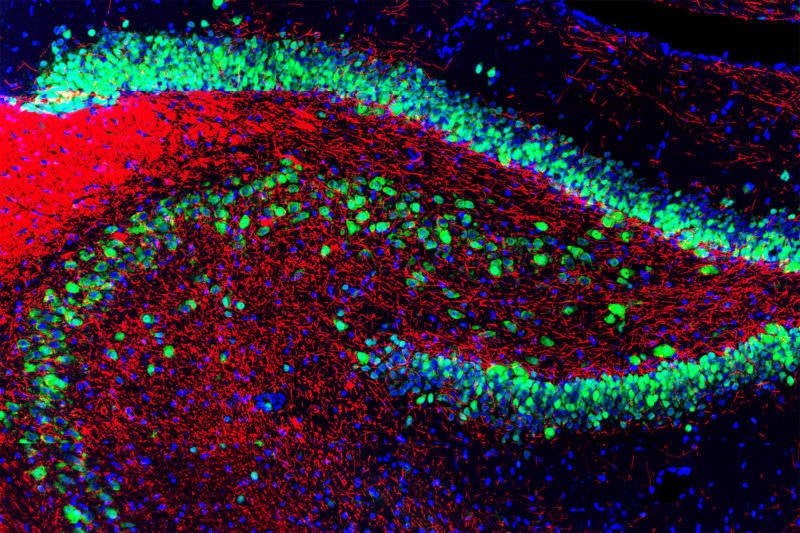
Researchers at the University of South Florida (USF) have used machine learning to study proteins, demonstrating how machine learning can be used to identify cause-effect relationships within data.
They hope that applying their techniques to proteins of pharmaceutical interest will provide insight into biometric solutions for nanoengineering problems, such as nanosensor design for targeted drug delivery.
“Developing and using machine learning techniques will enable us to find cause-effect relationships in protein dynamics data and begin to finally address some of the very fundamental questions in protein allostery,” said USF associate professor of biophysics Sameer Varma.
“One of our key findings was that the signal initiated at the stimulation site of the protein appeared to weaken as it moved away from the stimulation site. It came as a surprise, because no distance dependence was observed for the coupling of thermal motions between protein sites.”
One of the team’s many challenges has been a lack of methods to identify cause-effect relationships in data obtained from molecular dynamics simulations—a computer simulation method for studying the physical movements of atoms and molecules.
As well as identifying cause-effect relationships within the data, machine learning is allowing the team to fill ‘critical gaps’ in protein allostery. Allostery is the process by which biological proteins transmit the effect of binding at one site to another, functional site, allowing for regulation of activity.
How well do you really know your competitors?
Access the most comprehensive Company Profiles on the market, powered by GlobalData. Save hours of research. Gain competitive edge.

Thank you!
Your download email will arrive shortly
Not ready to buy yet? Download a free sample
We are confident about the unique quality of our Company Profiles. However, we want you to make the most beneficial decision for your business, so we offer a free sample that you can download by submitting the below form
By GlobalData“Ultimately, when our methods are applied to the many proteins of pharmaceutical interest, we expect the mechanistic details to reveal much-needed new intervention strategies for restoring protein activities in diseased states,” said Varma.
“The general biophysical insights we gain should also help to inspire novel biomimetic solutions for many nanoengineering problems, such as nanosensor design for targeted drug delivery.”
The researchers hope that their work will stimulate new findings and plan to use machine learning to analyse new types of data.
“So far, we’ve focused on equilibrium data, but the signalling process has a critical nonequilibrium component that we haven’t explored yet,” said Varma.
The USF study was published in The Journal of Chemical Physics.







